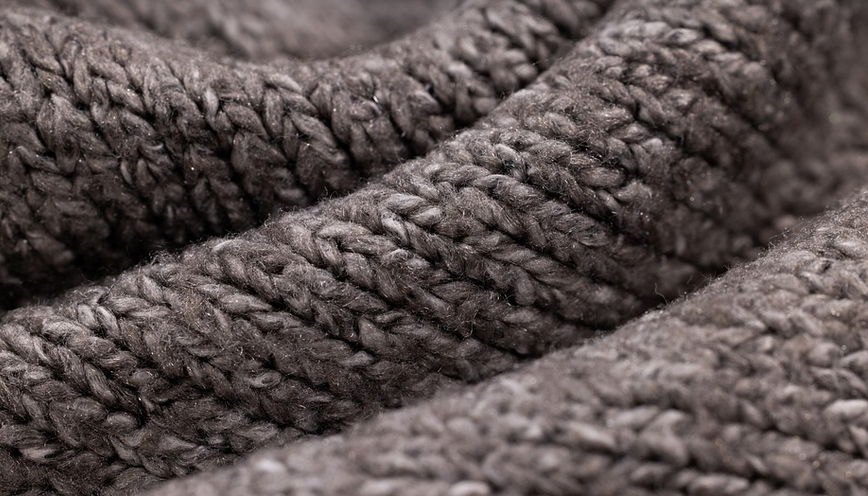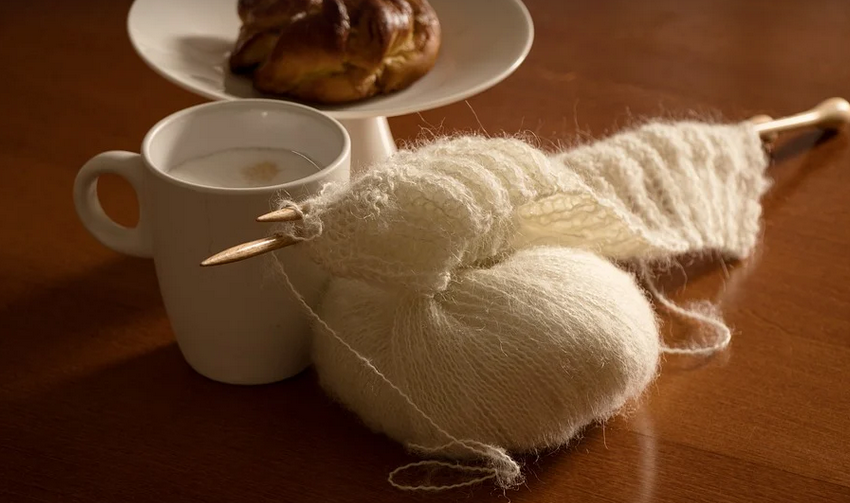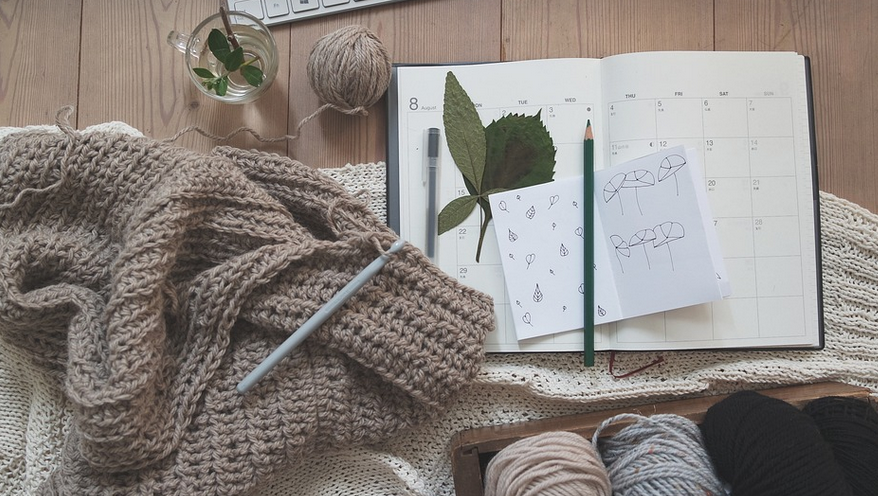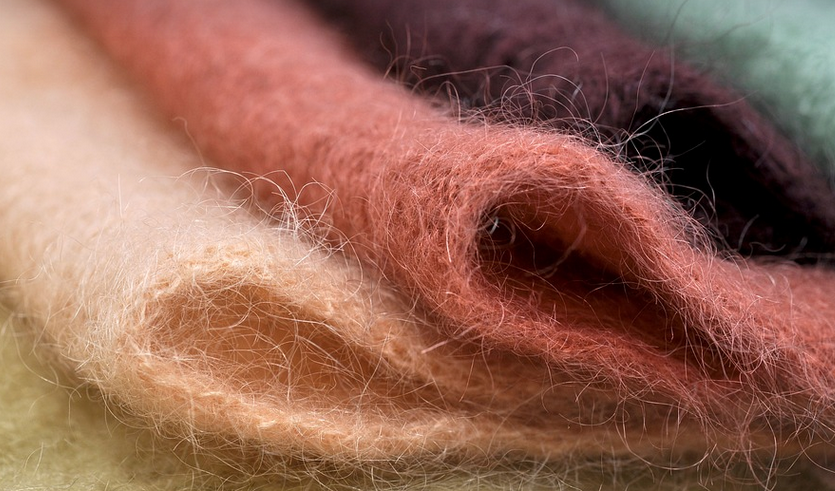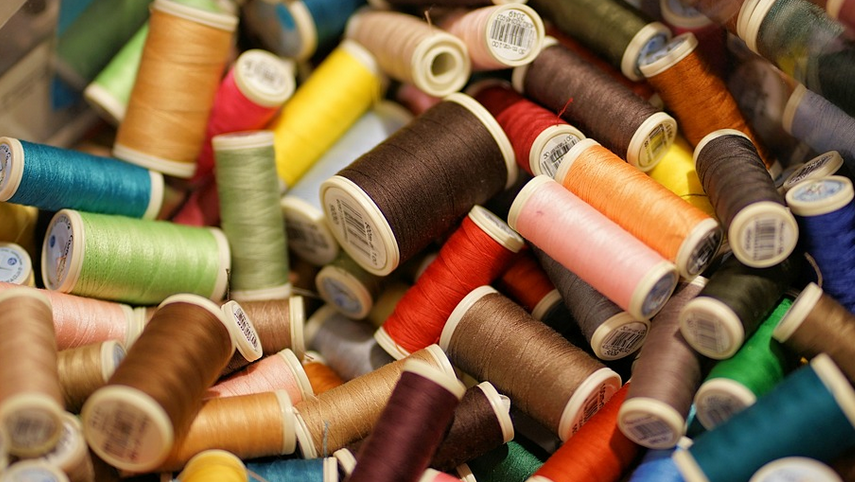
A Deeper Dive into the World of Marine Anchors
Ah, the thrill of being on the water! The sun, the breeze, the sounds of the waves – it all makes for a truly magical experience. But before you set sail and let your heart soar, there’s one crucial element that needs attention: securing your boat. And what better way to do this than with a sturdy mooring rope? It might seem like a simple piece of cord, but in reality, these ropes are the silent heroes keeping countless boats anchored safely.
Imagine yourself at a bustling marina, dozens of boats bobbing gently on the water. Each one has its own unique story, each navigating the currents and winds with grace and determination. But all of them share a common thread: the mooring rope system. This intricate network ensures that boats don’t drift away from their designated spots, allowing for safe docking and easy access to your vessel.
Choosing the right mooring rope can make or break your boating experience. Just like choosing the right outfit for a special occasion – it all comes down to ensuring you have the perfect fit for your needs. Let’s explore some key factors that should guide your choice:
Understanding the Different Types of Mooring Ropes
From traditional bow lines to more specialized options, mooring ropes come in an array of shapes and sizes. Each type offers distinct advantages and caters to specific boating needs. Let’s dive into a few key categories:
-
Natural Fibers: These ropes are crafted from materials like hemp, jute, or even sisal. They offer excellent strength and durability but can be more prone to fraying.
-
Synthetic Fibers: A modern alternative that is known for its resilience against harsh weather conditions. Options range from polypropylene to nylon to polyester, each with varying properties like UV resistance or abrasion resistance.
Factors to Consider When Choosing a Mooring Rope
Choosing the right mooring rope depends on several factors specific to your boat and intended use:
-
Boat Size & Weight: If you’re dealing with a massive sailboat, you’ll need heavier-duty ropes that can withstand significant weight and strain. Conversely, smaller boats might rely on lighter options for easier handling.
-
Water Conditions: Are you sailing in calm waters or battling rough seas? Choose a rope designed to withstand the force of waves and winds.
-
Knotting & Braided Construction: How will your mooring rope be attached? A simple knot at one end, like a bowline, is straightforward and easy. A braided construction adds extra strength to the rope for easier handling.
Maintenance Tips for Optimal Performance
Keeping your mooring ropes in top shape ensures their longevity and performance:
-
Regularly inspect the ropes for fraying, wear-and-tear, or signs of damage. Look for any weakened spots where they might break or give way.
-
Clean and store your ropes properly: After each use, rinse the rope with fresh water to remove salt and debris. Store it in a dry, well-ventilated location to prevent mildew and damage from sunlight.
Safety First! A Few Extra Tips
The safety of your boat and its occupants is paramount. Remember these essential tips while using mooring ropes:
-
Use the right knotting technique: Ensure a secure and strong knot at both ends and avoid any loose knots that can cause accidents.
So, there you have it! Understanding the ins and outs of mooring ropes is key to enjoying your time on the water. From selecting the right type to caring for your rope, remember this: choosing the right mooring rope is about more than just securing your boat; it’s a matter of ensuring a safe and enjoyable boating experience.
